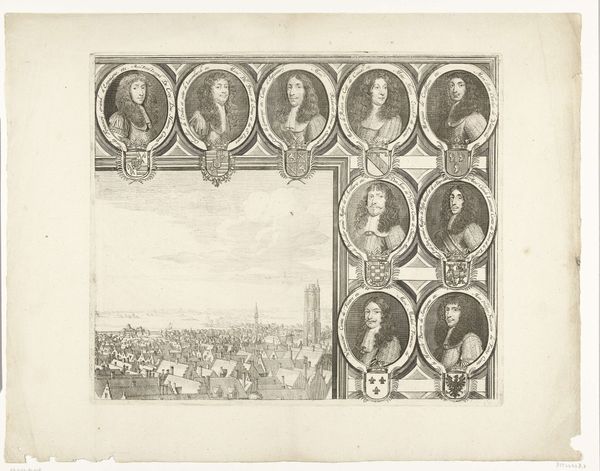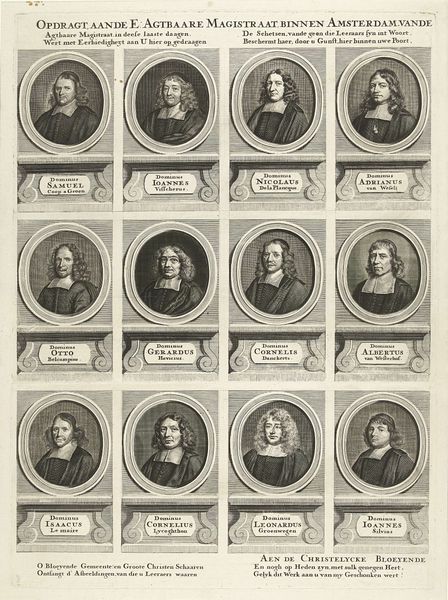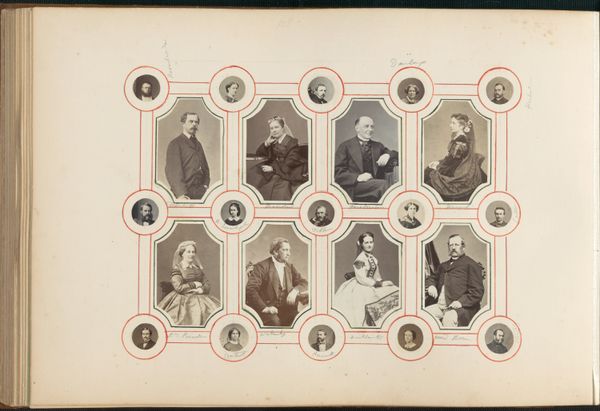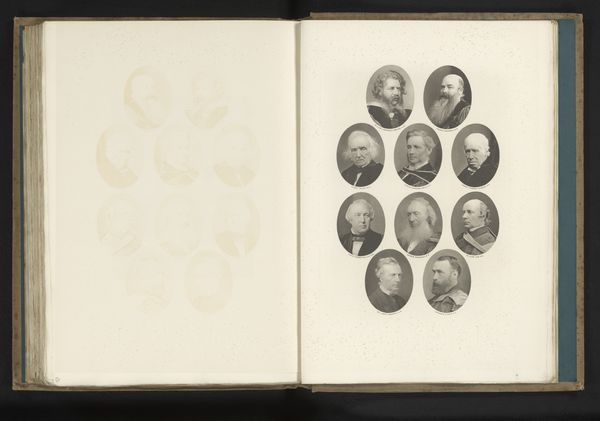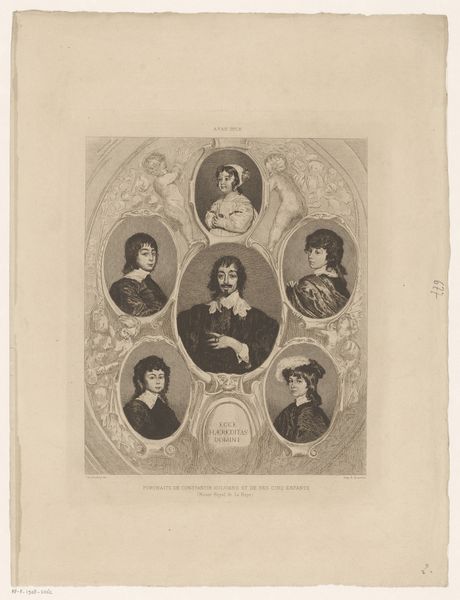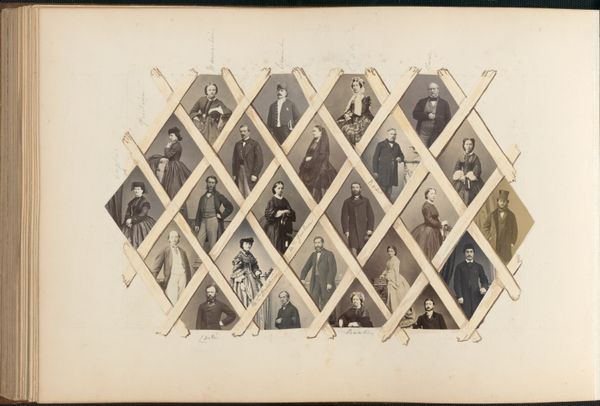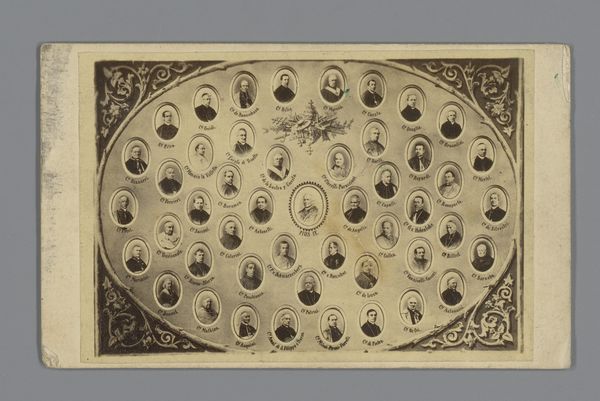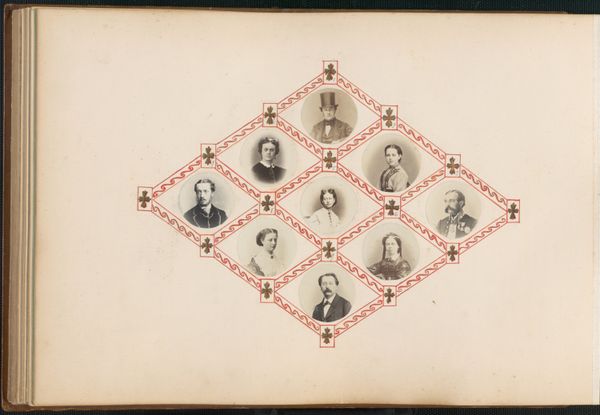
Proclamatie te Gent van Karel II van Spanje als graaf van Vlaanderen (blad 9), 1666 1666 - 1667
0:00
0:00
print, ink, engraving
#
portrait
#
baroque
# print
#
ink
#
history-painting
#
engraving
Dimensions: height 356 mm, width 420 mm
Copyright: Rijks Museum: Open Domain
Editor: Here we have "Proclamation in Ghent of Charles II of Spain as Count of Flanders," a print from 1666 or 67 by Lucas Vorsterman the Younger. It's composed of portrait medallions, a bit like a royal family tree. I find the rigid structure quite striking. What historical context informs the public display of such imagery? Curator: This piece functions as a form of political propaganda. Consider its production date, during the reign of Charles II of Spain. Flanders, now part of Belgium, was then under Spanish rule, though contested. Vorsterman's print visualizes and, therefore, legitimizes Charles’s claim to power by depicting his lineage. Note how each portrait is paired with heraldry, underscoring noble ancestry. Who do you imagine was the target audience for such a detailed genealogy? Editor: Presumably the Flemish aristocracy or other powerful figures who might have been hesitant about Spanish rule? People needing convincing. Curator: Precisely! Prints like this, disseminated relatively widely, were crucial tools for shaping public opinion and solidifying power in an era before mass media. The museum's role in preserving and exhibiting such items allows us to understand better how images were mobilized politically. Consider the very act of "proclaiming" – it suggests an active declaration intended for public consumption. Now, does seeing it that way alter your perception of it? Editor: Absolutely. Knowing its purpose makes the formal rigidity seem deliberate, designed to convey unwavering authority rather than just family history. Curator: Indeed. Reflecting on this, it underlines the importance of critically examining images, understanding their initial context, and interrogating the power dynamics they embody. What were your expectations, and were they shifted in new directions? Editor: My view has shifted – what appeared to be merely a decorative display of portraits, is, in fact, a highly political statement intended to stabilize Charles's reign, using visual communication to convey authority and solidify claims. Thanks for clarifying the significance of its cultural setting!
Comments
No comments
Be the first to comment and join the conversation on the ultimate creative platform.


